Anjuman and the stories of the mango people
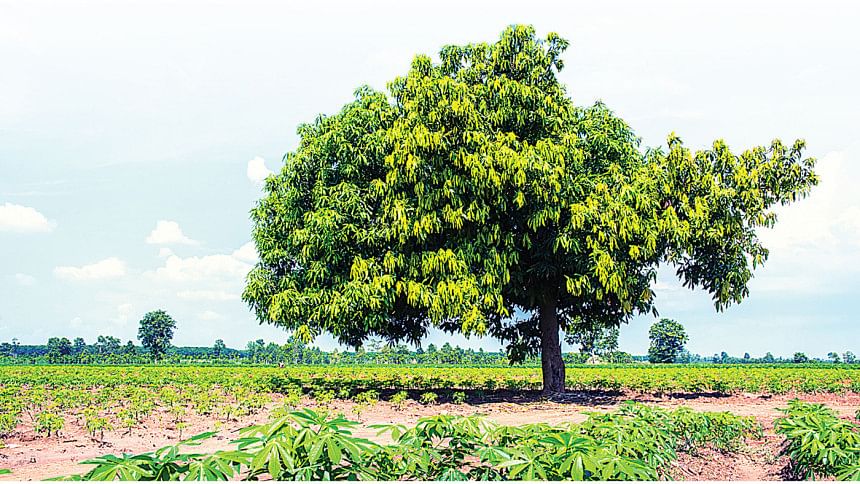
My father's ancestors were Ayurvedic medicine men from a remote corner of the North Bengal. A few generations ago, one of them had cured a long-lasting ailment of the Raja of Taherpur and had received, as a reward, a large chunk of agricultural land or "joat" next to the mighty Joshoi Beel. That piece of land had become an essential catalyst for their social mobility. Based on that land, they had founded their own "para" or neighbourhood in the village. For that very same land, a century or so later, my grandfather, then a medical student, was deemed qualified to marry Anjuman Ara Begum, the graceful third daughter of the Mohadighi Chowdhury household of Naogaon. According to an online translation site, Najm means 'a star' in Persian and 'Anjuman' means a constellation of stars, a congregation, or a garden. True to her name, many elders of our village considered Anjuman a lady of the gardens. To a few, she was a star.
Our elders say that Anjuman was a force to reckon with. She was like a twilight storm with a cool breeze and a happy rain that really nourished scorched souls. They say that she was strong, grounded, and believed in nurturing complex human networks. She knew the value of traditions, rituals, and the passing of heirlooms. That's probably why she would make child-sized kathas (quilts) with her used cotton sarees for every newborn child in the village. Some of those kathas still exist, albeit old and battered like all the things Anjuman thought would last forever. But then again, what good thing lasts forever anyway?
Another story from other elders recounts that ever since the coconut trees which Anjuman planted were cut down from the edge of the old pond, two of the three taal trees went into a state of grief and stopped giving fruit. Very rarely these days, the other one drops one ripe taal into the old pond during the Bangla month of Bhadro.
When I asked why she was called the lady of the gardens, one elder told me that Anjuman always saved the good seeds from each rice harvest to plant the next year. She would also bring new varieties of mangoes, tamarinds, guavas, and jackfruits to the village whenever she travelled to a relative's place. Almost all the mango varieties of our para have been brought by Anjuman at some point. Another elder told me to ask this question to the haunted taal (palm) trees by the old pond for they might give a better account of Anjuman's affection for the silent living things of the village.
Another story from other elders recounts that ever since the coconut trees which Anjuman planted were cut down from the edge of the old pond, two of the three taal trees went into a state of grief and stopped giving fruit. Very rarely these days, the other one drops one ripe taal into the old pond during the Bangla month of Bhadro. My chachi says they always sound like a giant teardrop falling into the calm waters shattering the silence of the autumn afternoon into a thousand broken pieces.
Anjuman was like Elvis Presley, a formidable yet lovable character in all the stories of our elders. Just like the stories of Elvis, everything I heard about her seemed less real than reality, more fictional than fiction. It is sad that we never met. I have only seen Anjuman in a 1973 black and white photograph taken at Binimoy Studio in Dhaka where she was sitting on a chair like a mother swan calmly looking straight into the camera surrounded by her children and grandchildren like a flock of anxious pigeons ready to scatter at the slightest move of her hand.
Anjuman died at the age of 56 after giving birth to 13 children and was laid to rest under the heavy shade of a big mango tree that she planted as a newly married bride. Whether she became the tree or the tree became her, only the tree can tell. All we know is that the mangoes of that tree had become a lot sweeter ever since that final embrace. That massive tree not only provided a fine canopy for the passers-by, but it was also home to countless weaver ants, leafhoppers, owls, squirrels, bats, and birds. So many birds!
But, truth be told, she never really seemed too far away from us. We grew up eating mangoes from the trees that she had planted. Maa usually served them in a golden brass bowl that Anjuman passed on to her. We all became experts in the shapes, sizes, sweetness, and seasonal availability of mangoes from a very young age. Anjuman's Kheershapat mangoes inaugurated the mango season in late Boishakh. Then gradually we had Gopalbhog, Mohonbhog, Rani Pochondo, Lilikuti, Lengra, Fazli, and lastly Ashwina in the month of Ashwin. The intensity and the sweetness of the mangoes slowly evanesced from variety to variety as the summer months gradually walk themselves into autumn. The stories of the mango people would also slowly fade as the winter months start to envelop the North.
In the beginning of summer this year, my mother told me to send some money to the person who took care of the Mango trees in our village. I asked her if my grandmother's big mango tree was still yielding fruit. No, she said, a cyclone two years ago had uprooted the big mango tree that I was talking about. She also told me that folks have planted seven fast-yielding mango trees there. These new trees are nothing like the ones planted by my foremother. These are dwarfed hybrid trees that only lived for 10 years but they would start giving fruit from the second year. My chacha said that these mangoes would be big, juicy, and sweet, but they would require regular maintenance, pesticides, and fertilisers.
Mangoes in two years is a good deal, they said. Who has eight years to wait for a tree to bear its first fruit? Who wants a tree that lives for 80 years anyway? Also, the shorter the lifespan of a mango tree, the fewer the stories by the mango people. Amidst these conversations, I secretly hoped that the constellation of stars would forgive us for not being able to pass these stories on to the next generation.
Sharmee Hossain teaches English at North South University. She can be contacted at [email protected].

 For all latest news, follow The Daily Star's Google News channel.
For all latest news, follow The Daily Star's Google News channel. 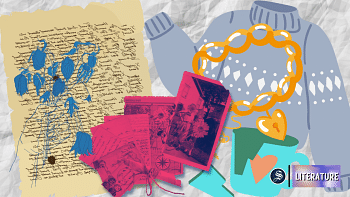
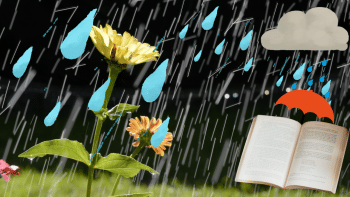





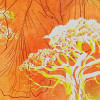



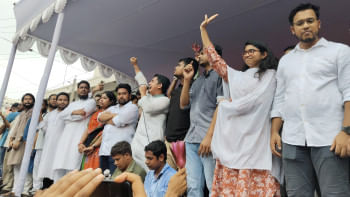
Comments